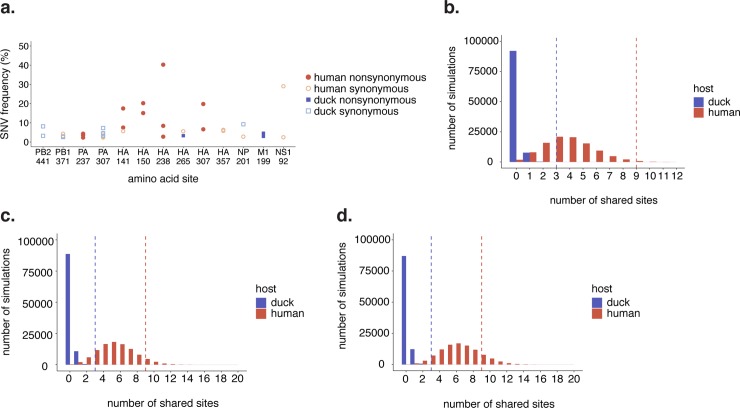Fig 5. Ducks share more polymorphisms than expected by chance.
(a) All amino acid sites that were polymorphic in at least 2 samples are shown. This includes sites at which each sample had a polymorphism at the same site, but encoded different variant amino acids. There are 3 amino acid sites that are shared by at least 2 duck samples, and 9 polymorphic sites shared by at least 2 human samples. 3 synonymous changes are detected in both human and duck samples (PB1 371, PA 397, and NP 201). Frequency is shown on the y-axis. (b) To test whether the level of sharing we observed was more or less than expected by chance, we performed a permutation test. The x-axis represents the number of sites shared by at least 2 ducks (blue) or at least 2 humans (red), and the bar height represents the number of simulations in which that number of shared sites occurred. Actual observed number of shared sites (3 and 9) are shown with a dashed line. (c) The same permutation test as shown in (b), except that only 70% of amino acid sites were permitted to mutate. (d) The same permutation test as shown in (b), except that only 60% of amino acid sites were permitted to mutate.

